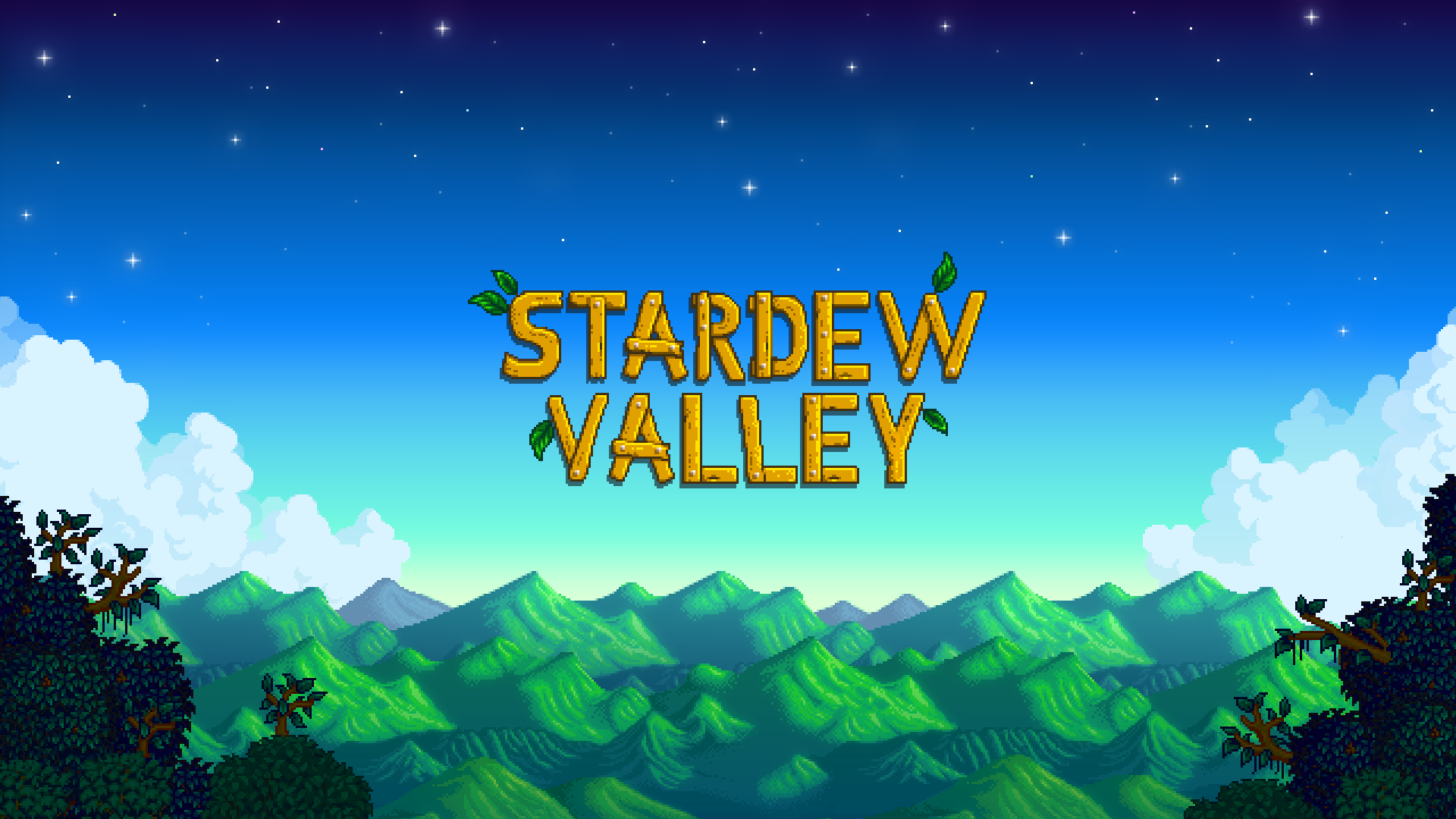
If you’re looking for a game that blends relaxation, creativity, and adventure, Stardew Valley is a must-play. This indie farming RPG has captivated millions of players worldwide, offering a unique mix of farming simulation, role-playing elements, and exploration. Whether you enjoy growing crops, befriending villagers, battling monsters, or customizing your dream farm, Stardew Valley provides an immersive experience that keeps players engaged for hours on end.
Originally developed by Eric “ConcernedApe” Barone, Stardew Valley started as a passion project inspired by the classic Harvest Moon series. However, it quickly evolved into something much greater—a game filled with depth, heart, and near-endless possibilities. Since its initial release on February 26, 2016, for PC, PlayStation 4, Xbox One, and Nintendo Switch, it has expanded to multiple platforms, including mobile devices. With its charming pixel-art style, beautiful soundtrack, and open-ended gameplay, it’s no wonder that Stardew Valley remains one of the most beloved indie games of all time.
But Stardew Valley is more than just a farming simulator—it’s a world filled with choices. Will you dedicate yourself to rebuilding the local community center, restoring the town to its former glory? Or will you join the corporate giant Joja Corporation, taking a more convenient (yet morally questionable) path? Will you focus on becoming a legendary farmer, or spend your time fishing, mining, and forging friendships with the local townspeople? The game offers total freedom, allowing you to craft your own story at your own pace.
Unlike many games that push players toward a specific objective, Stardew Valley lets you play however you like. Want to run a highly profitable farm with automated sprinklers and barns filled with rare animals? Go for it. Prefer to take things slow, fishing by the river and enjoying the in-game seasons? That’s fine too. The beauty of Stardew Valley lies in its flexibility, making it enjoyable for both casual players and hardcore gamers alike.
Beyond its single-player charm, Stardew Valley also features multiplayer support, allowing you to team up with up to 8 players online to build a farm together. With regular updates, a thriving modding community, and countless in-game activities, this game offers endless replayability.
So, why should every gamer give Stardew Valley a try? Let’s dive into the engaging storyline, exciting gameplay mechanics, and reasons why this game continues to be a favorite among players worldwide. Whether you’re new to farming sims or a seasoned veteran, there’s something in Stardew Valley for everyone.
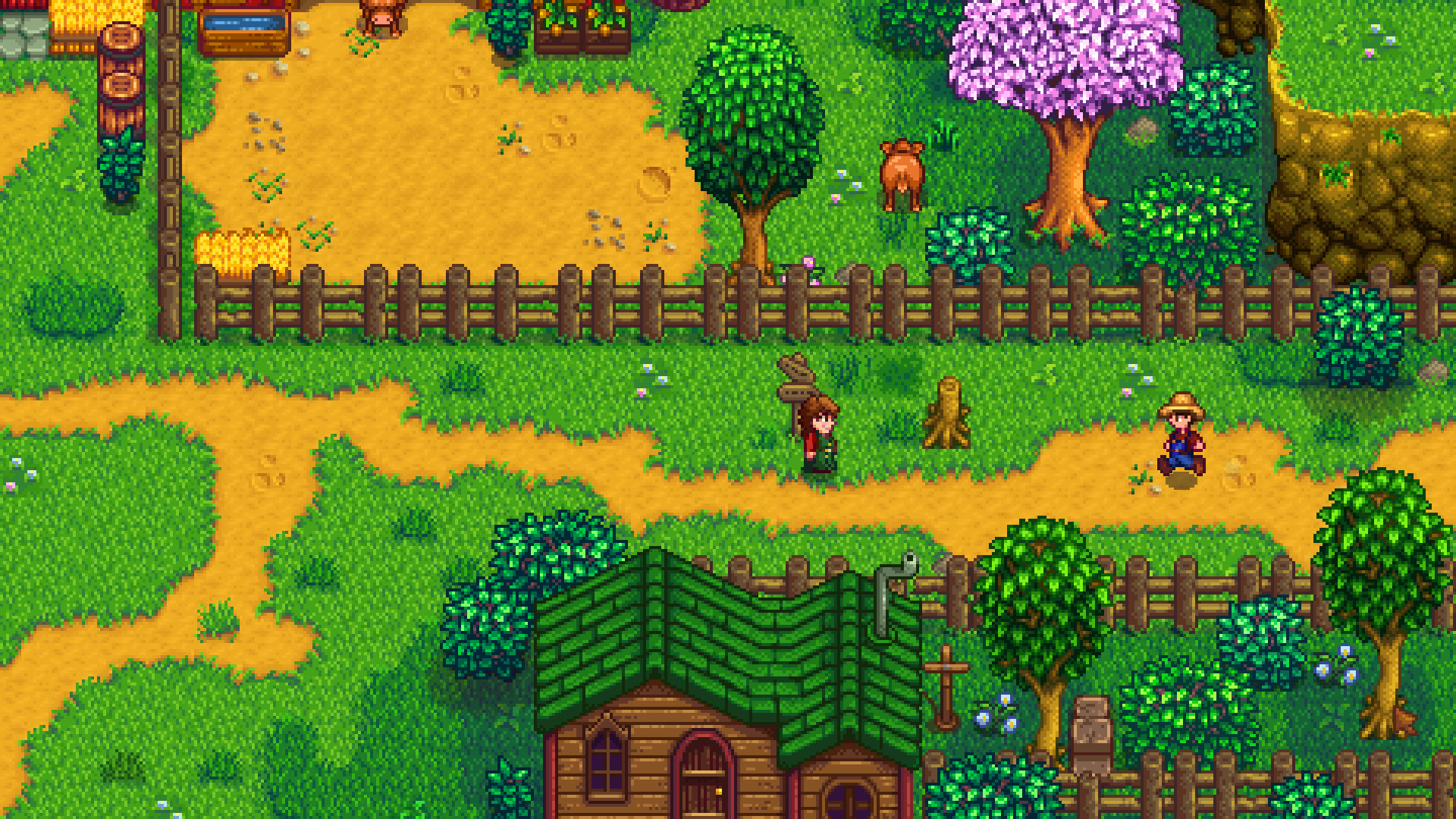
The Engaging Storyline of Stardew Valley and Its Unique RPG Elements
One of the most compelling aspects of Stardew Valley is its rich and immersive storyline, which offers more than just farming and daily routines. Unlike many other simulation games, Stardew Valley integrates meaningful role-playing elements, allowing players to make decisions that shape the world around them.
At first glance, the premise may seem simple—you’ve inherited an old farm from your grandfather and must restore it to its former glory. However, as you dig deeper into the game, you’ll realize there’s a much deeper narrative at play, one filled with themes of growth, community, and personal fulfillment. The choices you make, the relationships you build, and the way you interact with the valley’s world will determine how your story unfolds.
About the Protagonist’s Journey – A Fresh Start in Stardew Valley
Your journey in Stardew Valley begins in a familiar yet relatable way. You play as a young adult trapped in a mundane, soul-crushing corporate job at Joja Corporation, a faceless mega-corporation that embodies everything sterile and lifeless about modern work. Day after day, you sit at a claustrophobic office desk, staring at a dull computer screen, feeling like life is slipping away.
Then, one day, you remember something—a letter from your late grandfather, given to you long ago. He left you a piece of land in Stardew Valley, promising that if the weight of modern life ever became too much, the farm would be your escape.
And so, you make the bold decision to leave behind your city life and move to Pelican Town, the heart of Stardew Valley. Armed with a few hand-me-down tools and a tiny bit of money, you arrive at your farm—only to find it overgrown with weeds, covered in rocks, and in complete disrepair. It’s a daunting challenge, but it’s also a chance to start anew, to build something meaningful from the ground up.
What follows is a journey of transformation, not just for the farm, but for yourself. As you work the land, meet the locals, and explore the valley, you begin to uncover the deeper layers of the game’s story.
The Impact of Joja Corporation on Stardew Valley
While Stardew Valley is a beautiful and peaceful place, it is also a town in decline. The local economy has suffered due to the arrival of JojaMart, a corporate-owned supermarket that has put many local businesses at risk. The once-thriving Community Center, once the heart of Pelican Town, now sits in ruins, abandoned and forgotten.
The town’s residents have differing opinions on this corporate invasion. Some have resigned themselves to Joja’s influence, while others desperately cling to the past, hoping for a brighter future. You, as the player, are given a major choice—do you help restore the Community Center and bring life back to the town, or do you join Joja and prioritize convenience and profit?
Each decision has long-term consequences, affecting the town’s future and how its residents perceive you. This is one of the many RPG elements in Stardew Valley that makes the game more than just a farming simulator—it’s a story about resistance, renewal, and personal ethics.
Restoring the Town’s Lost Glory – A Choice That Matters
If you choose to take the Community Center route, you’ll spend your time collecting items, crops, and resources to complete various bundles that restore the building room by room. As you progress, new areas unlock, local businesses thrive again, and the town begins to feel alive. You’ll witness heartfelt moments from NPCs who appreciate your efforts, showing just how much your actions matter.
Alternatively, you can embrace the corporate world and work with Joja Corporation. Instead of collecting bundles, you buy upgrades with money, turning the once-beloved Community Center into a Joja Warehouse. This choice results in a more efficient but soulless town, stripping away some of the warmth that made Pelican Town special.
This meaningful player agency adds a unique depth to Stardew Valley’s story, allowing each player to shape their own version of the valley.
The Social and Emotional Connections in Stardew Valley
Beyond the farm and town restoration, Stardew Valley offers an engaging social aspect. The valley is home to over 30 NPCs, each with their own unique personalities, daily schedules, and personal struggles.
As you get to know the townspeople, they start opening up to you, sharing their dreams, hardships, and even secrets. You can form friendships, build relationships, and even romance certain characters, leading to marriage and a family. Each character has a rich backstory, and interacting with them unlocks personal cutscenes that provide deeper insight into their lives.
For example:
- Shane, a depressed worker at JojaMart, initially seems rude and distant, but as you befriend him, you learn about his struggles with alcoholism and self-doubt.
- Penny, a kind-hearted woman, dreams of escaping her poverty-stricken life with her irresponsible mother.
- Sebastian, a quiet loner, longs for freedom from his overbearing family and dreams of exploring the world beyond the valley.
These relationships make Stardew Valley feel alive and personal. The more you interact, the more invested you become in the people around you.
Exploration and Adventure Beyond the Farm
While farming and social interactions are core elements, Stardew Valley also embraces adventure and discovery. The valley is filled with hidden secrets, unique locations, and unexpected surprises.
One of the biggest mysteries lies in the Mines, a deep underground labyrinth filled with valuable ores, rare gemstones, and dangerous monsters. As you descend, you battle creatures, collect resources, and unlock new crafting materials to improve your farm and tools.
But the Mines aren’t the only secret Stardew Valley holds. Other hidden areas include:
- The Desert, home to a dangerous skull cavern with even greater challenges.
- The Secret Woods, where you can find rare items and magical creatures.
- The Witch’s Swamp, a mysterious area that unlocks after certain story events.
These adventurous elements add a thrilling contrast to the peaceful farming lifestyle, making Stardew Valley a game that never feels monotonous.
Why Stardew Valley’s Story Stands Out Among RPGs
Unlike traditional RPGs that focus on combat, heroism, or saving the world, Stardew Valley tells a story about personal growth, community, and self-discovery. It doesn’t rush you, pressure you, or dictate how you should play. Instead, it gives you the freedom to live life on your own terms.
The game offers a deep, emotional connection that many AAA titles fail to achieve. It allows players to escape into a world where they can relax, build something meaningful, and form real bonds with fictional characters. Whether you want to be a successful farmer, a legendary miner, or simply a friendly neighbor, the choice is yours.
Stardew Valley isn’t just a game—it’s an experience, and it’s one that every gamer should try at least once.
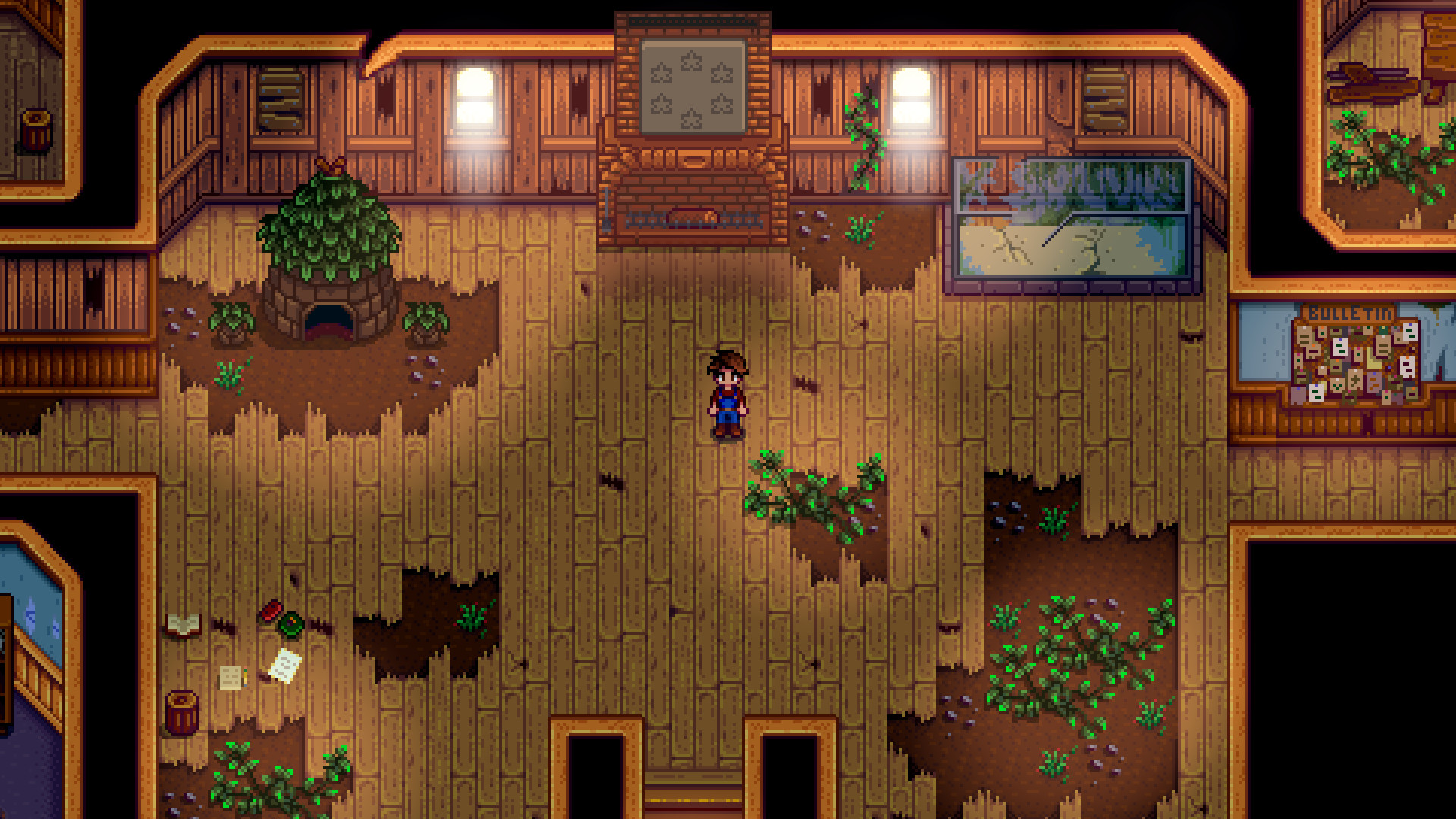
Exploring the Genre of Stardew Valley – A Blend of Farming, RPG, and Adventure
How Stardew Valley Merges Farming with RPG Mechanics
Unlike typical farming games, Stardew Valley incorporates RPG mechanics, allowing players to level up their skills in farming, fishing, mining, combat, and foraging. As you gain experience, you unlock new crafting recipes, professions, and abilities that make gameplay deeper and more rewarding.
The Freedom of Sandbox Gameplay
One of the biggest strengths of Stardew Valley is its sandbox nature. You can spend your time however you want—whether it’s tending to crops, decorating your house, or simply fishing all day. There’s no right or wrong way to play, making it an ideal game for players who enjoy creative freedom.
The Social Aspect of the Game
With over 30 unique NPCs to befriend, romance, and interact with, Stardew Valley feels alive. Each character has their own schedules, birthdays, and personal stories, making them feel real. Whether you’re attending a seasonal festival or helping a villager with a quest, you’ll become part of the town in a meaningful way.
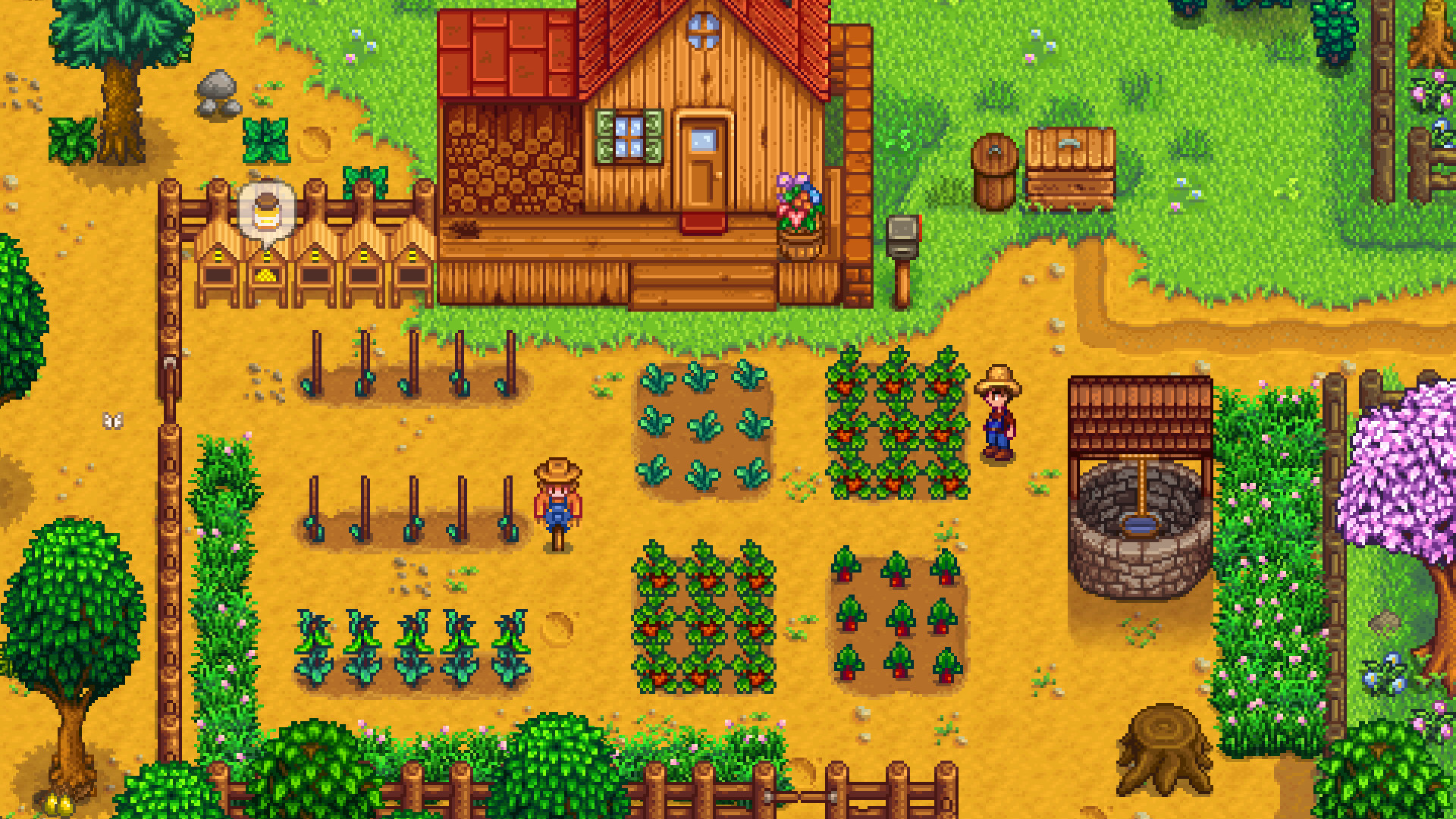
The Features That Make Stardew Valley a Must-Play for Gamers
Farming, Fishing, Mining, and Combat Mechanics
From planting and harvesting crops to exploring deep caves filled with monsters, the game offers a mix of relaxing and exciting activities. Mining for ores, battling creatures, and collecting rare materials add an adventurous twist to the usual farming gameplay.
Character Customization and House Decoration
The game lets you fully customize your character and home. Want to live in a rustic farmhouse with cozy decorations? Or maybe a modern, sleek home? Stardew Valley gives you the tools to create the farm of your dreams.
Multiplayer and Cooperative Play
Up to 8 players can team up online, working together to build a farm, share resources, and complete goals. This cooperative play makes Stardew Valley even more fun, as you can split tasks and enjoy the journey with friends.
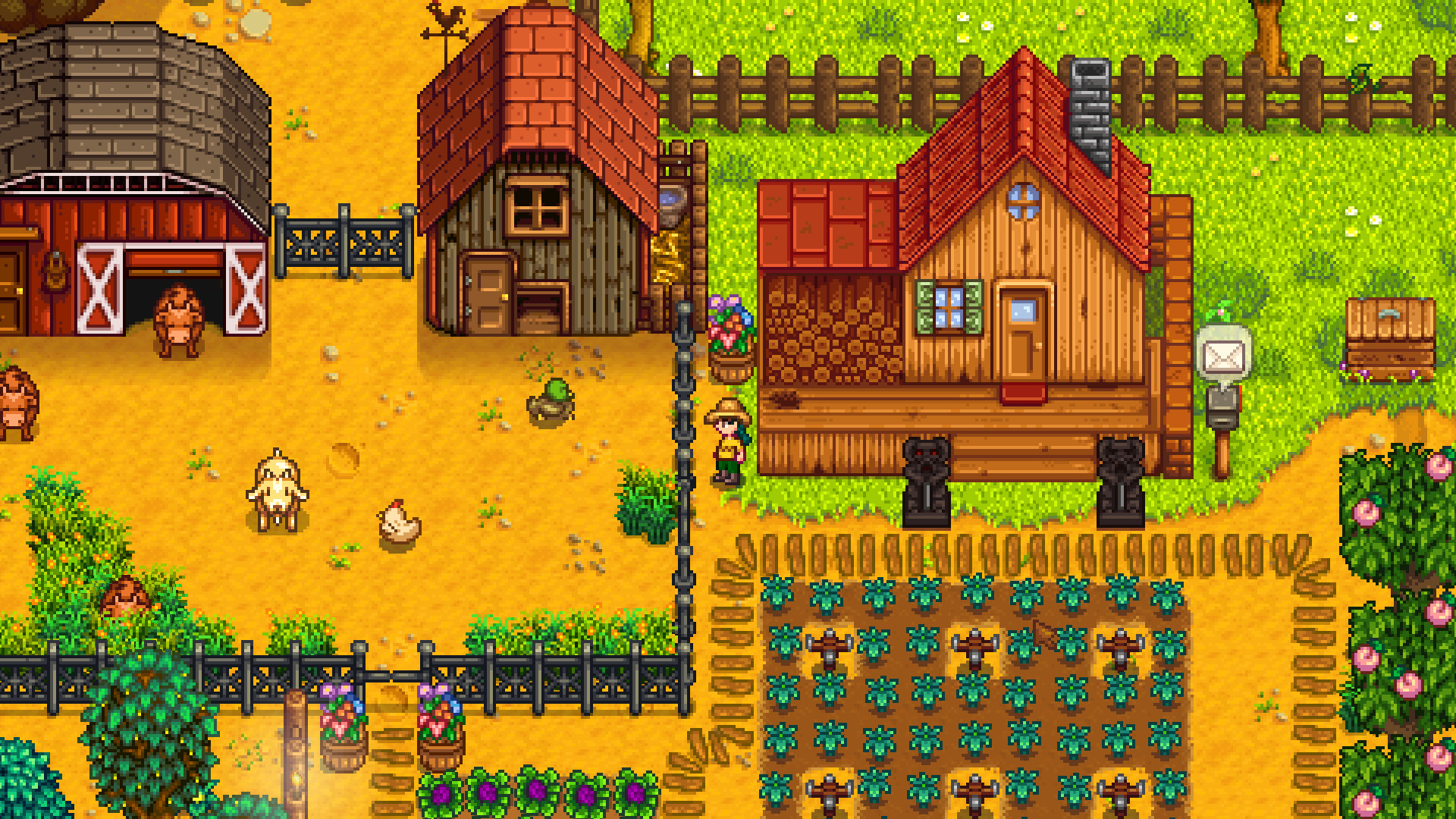
Platforms and Availability – Where Can You Play Stardew Valley?
Originally launched on PC, the game quickly expanded to PlayStation 4, Xbox One, and Nintendo Switch. There is also a mobile version available for iOS and Android, making it easy to enjoy Stardew Valley on the go.
Why Stardew Valley Continues to Thrive Years After Release
Regular Updates and Modding Community
The game has received numerous updates over the years, adding new content, festivals, and even new farm types. Additionally, the modding community has kept the game fresh with new mods that add features, improve visuals, and introduce entirely new mechanics.
Comparison to Other Farming RPGs
While games like Harvest Moon and Animal Crossing share similarities, Stardew Valley stands out due to its depth, freedom, and indie charm. It offers more content, stronger RPG mechanics, and a compelling storyline that keeps players engaged for years.
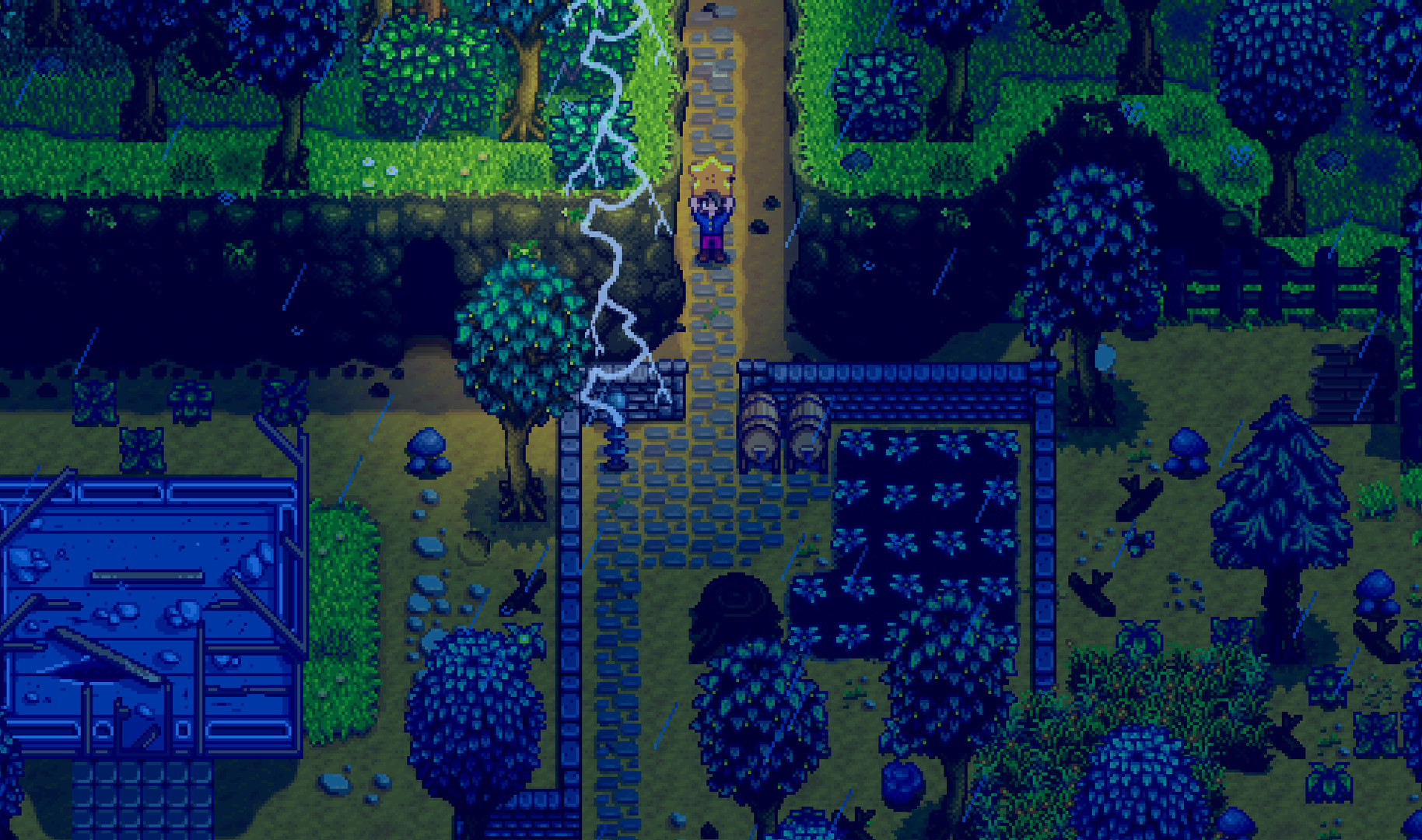
Conclusion – Why Stardew Valley Deserves a Spot in Every Gamer’s Library
At its core, Stardew Valley is much more than just a farming simulator—it’s an experience that resonates with players on a deeper level. Whether you’re looking for an escape from the stress of everyday life, a rewarding game full of progression and discovery, or simply a charming world to get lost in, this indie gem delivers on all fronts.
Unlike many modern games that push players toward a set goal or objective, Stardew Valley is about freedom and choice. You can play it at your own pace, focusing on farming, socializing, exploring, or battling monsters—whatever suits your playstyle. The ability to craft your own story makes each playthrough feel unique, offering endless replayability.
Another reason for the game’s enduring popularity is its continuous updates and passionate modding community. Even years after its release, developer Eric “ConcernedApe” Barone has remained dedicated to improving and expanding the game, keeping it fresh and exciting. The community itself has embraced Stardew Valley, creating mods, guides, and fan content that enhance the experience even further.
But what truly sets Stardew Valley apart is the emotional connection it fosters with players. Many gamers find themselves deeply attached to the town, its characters, and the world they build. It’s a game that allows for creativity, self-expression, and personal fulfillment, making it special in a way that few games can match.
Whether you’re a longtime fan of farming RPGs or someone who’s never played a game like this before, Stardew Valley is absolutely worth experiencing. It’s a testament to the power of indie games—proving that a single developer with a vision and passion can create something that touches millions of lives.
So, if you haven’t played Stardew Valley yet, there’s never been a better time to start. Take a break from the chaos of modern life, step into the peaceful world of Stardew Valley, and create a life worth living—one crop, one friendship, and one adventure at a time.
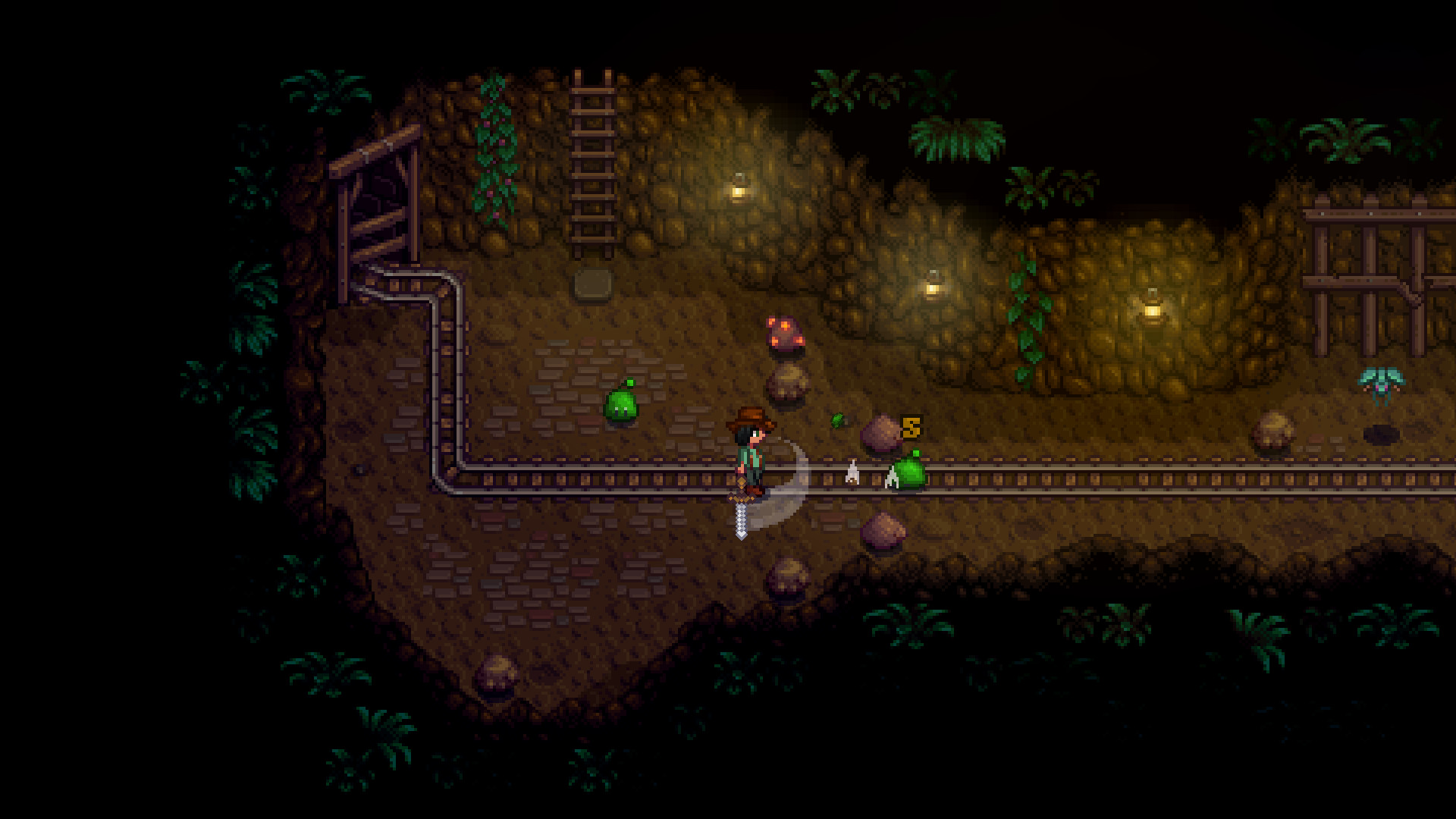
FAQs About Stardew Valley
- Can you play Stardew Valley offline?
Yes! Stardew Valley is fully playable offline, which means you can enjoy your farm, interact with villagers, and explore caves without needing an internet connection. However, if you’re playing multiplayer mode, you’ll need an internet connection to connect with friends. - What makes Stardew Valley different from other farming sims?
While games like Harvest Moon and Animal Crossing share some similarities, Stardew Valley stands out because of its deep RPG mechanics, meaningful choices, and engaging storyline. The ability to level up skills, explore dungeons, build relationships, and shape the town’s future gives it far more depth than a typical farming sim. - How long does it take to complete Stardew Valley?
There is no official ending, as Stardew Valley is designed to be an open-ended game. However, completing the main objectives (such as restoring the Community Center) can take around 50-100 hours, while fully experiencing everything the game has to offer can take hundreds of hours. - Can you play Stardew Valley solo and still enjoy it?
Absolutely! Stardew Valley is an amazing single-player experience, offering a peaceful and rewarding journey even if you play alone. While the multiplayer mode is a fun addition, the game was originally designed as a solo adventure, and it shines in that regard. - Is Stardew Valley difficult for new players?
Not at all! One of the reasons Stardew Valley is so popular is its beginner-friendly design. The game introduces its mechanics gradually, allowing players to learn at their own pace. There’s no pressure or time limit, making it perfect for casual and hardcore gamers alike.